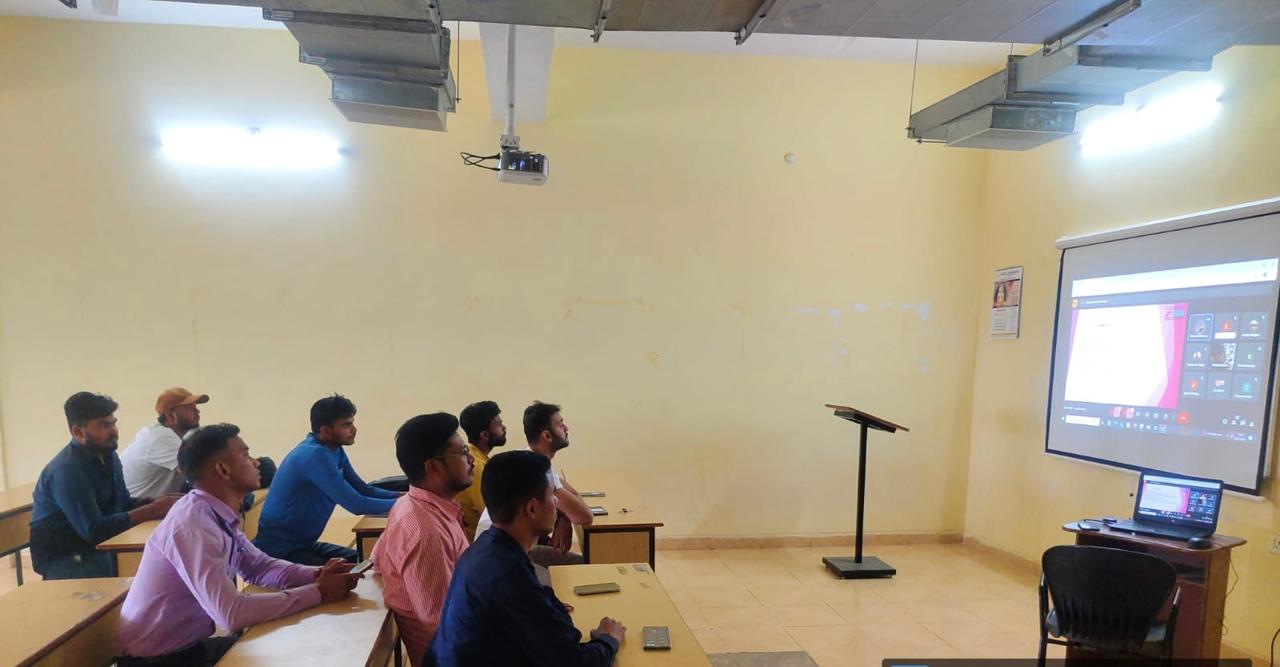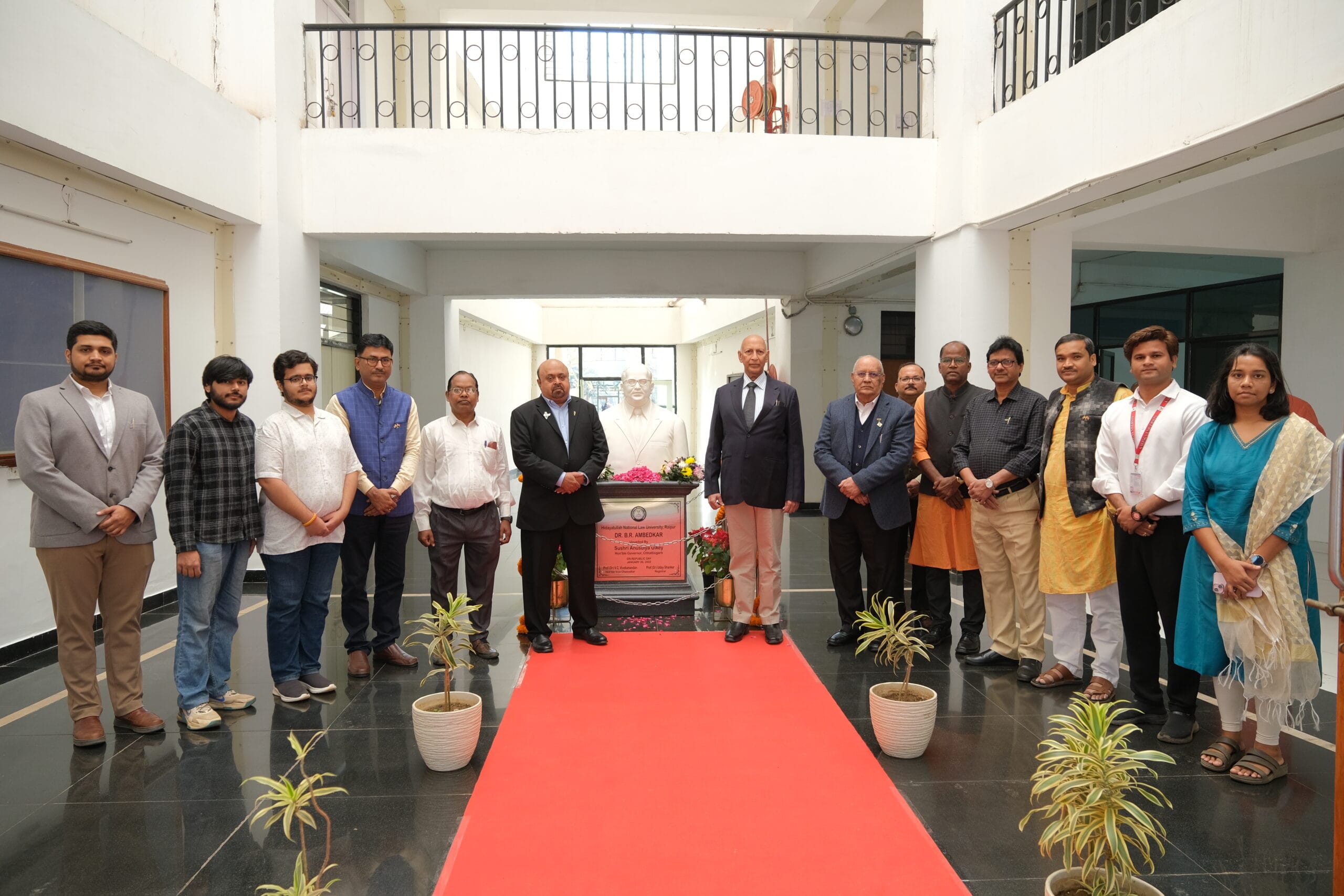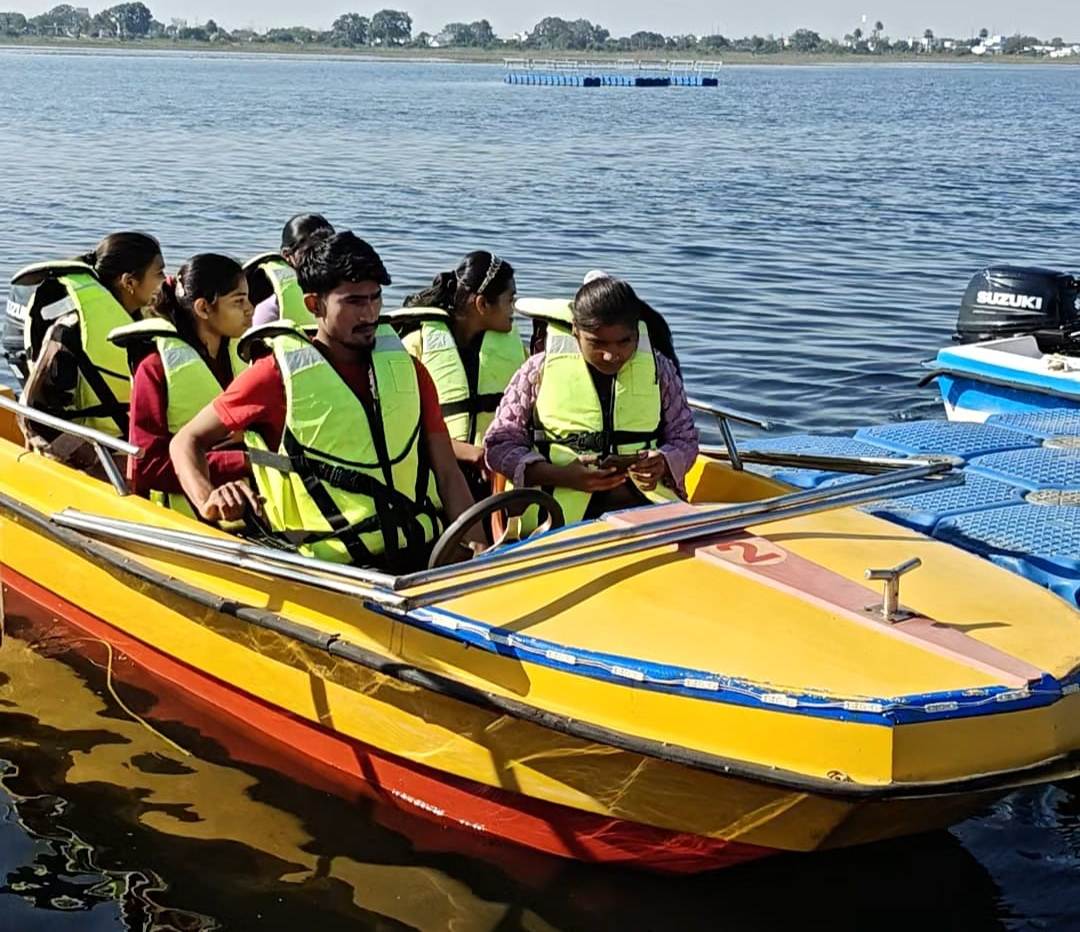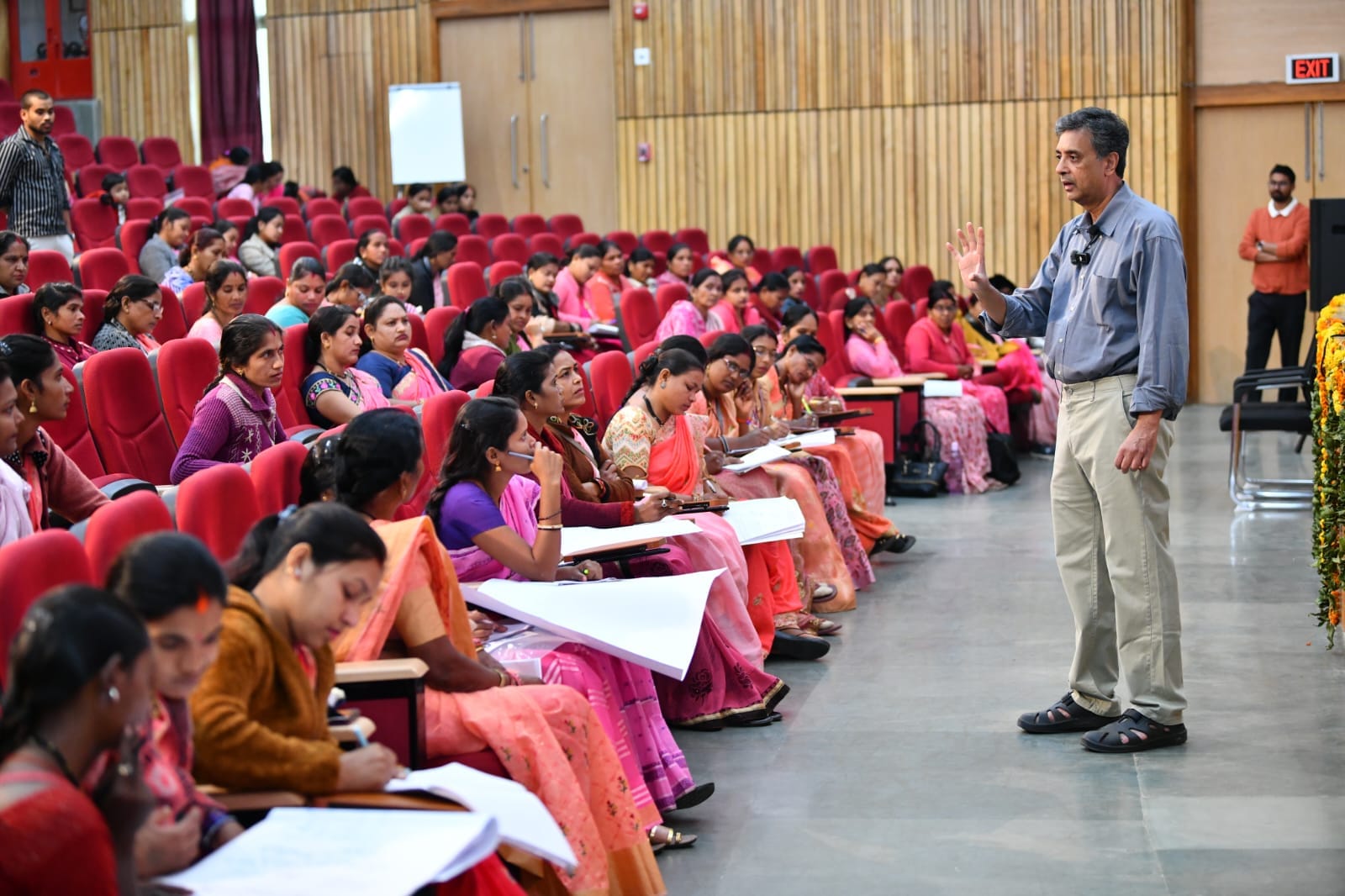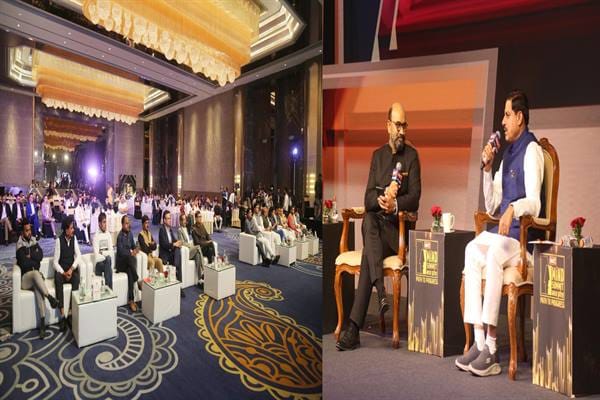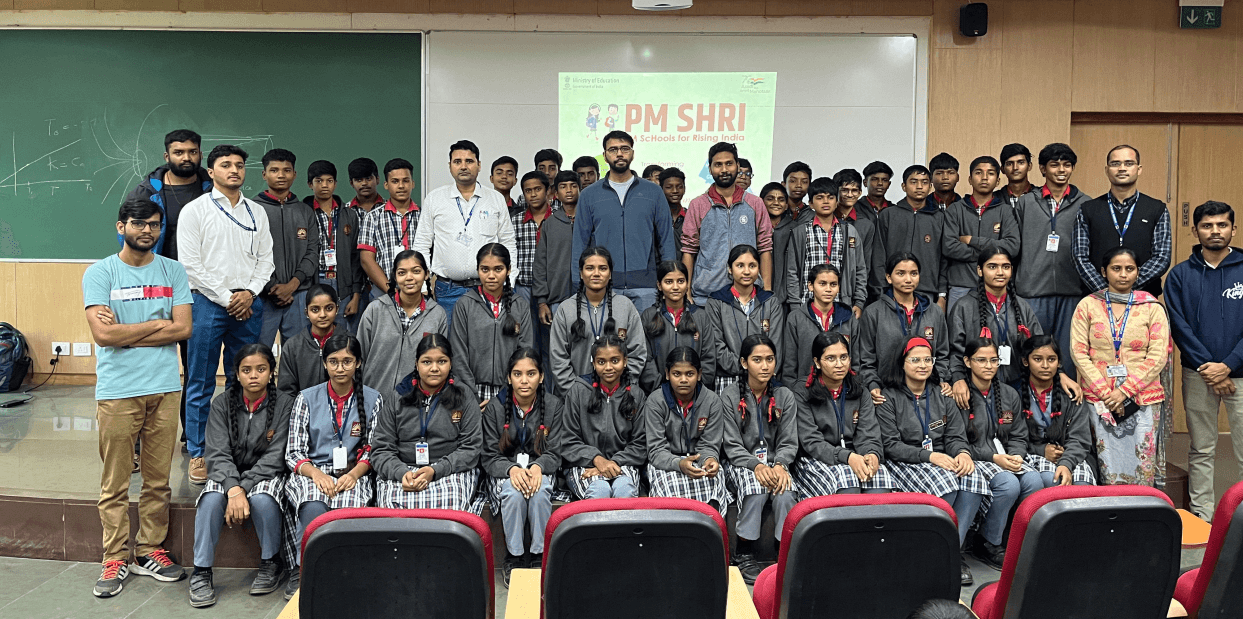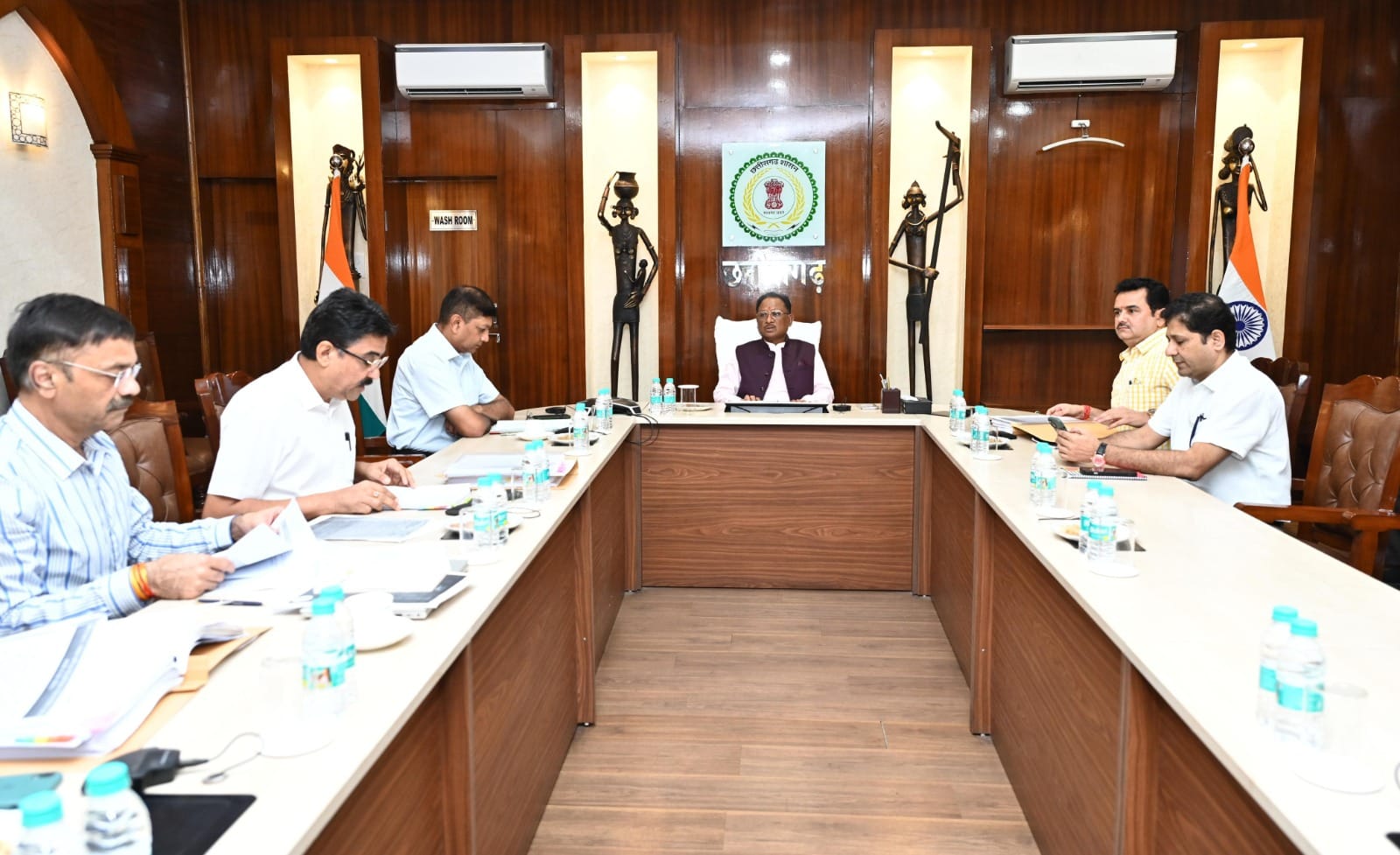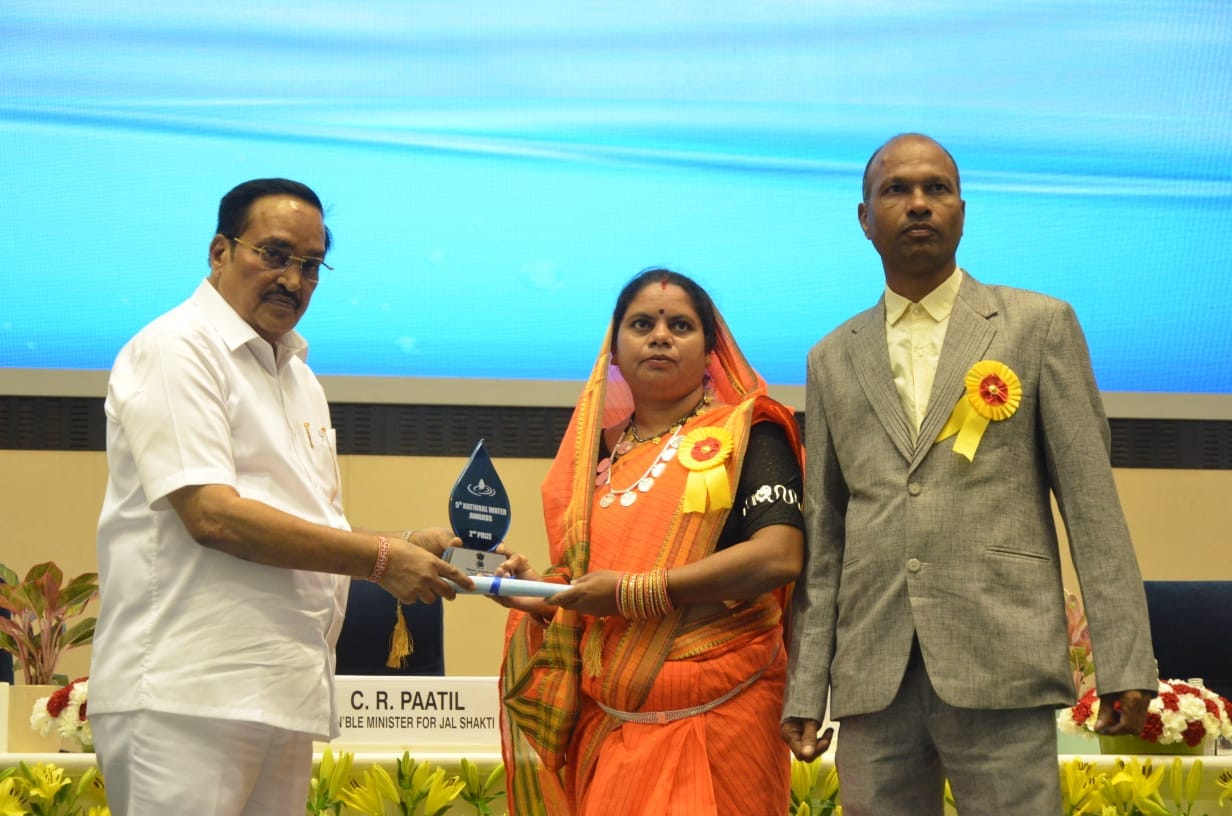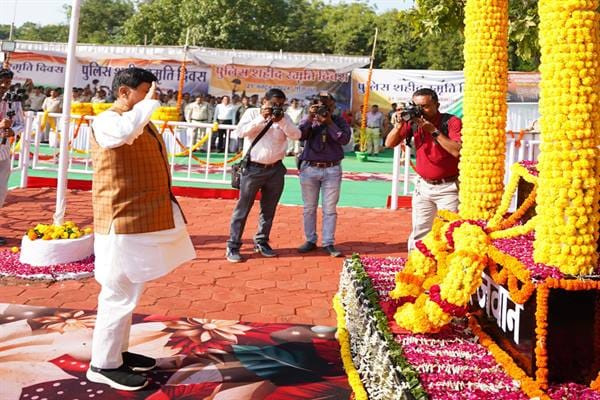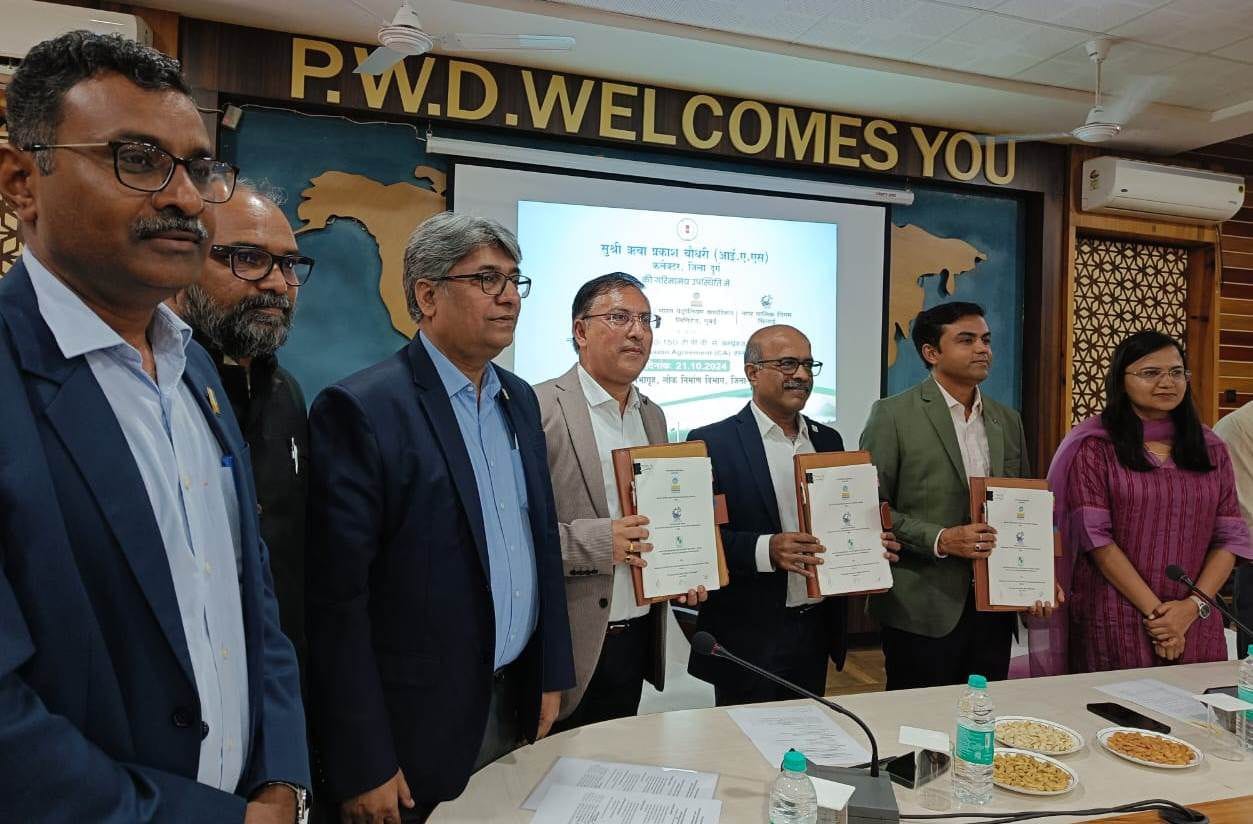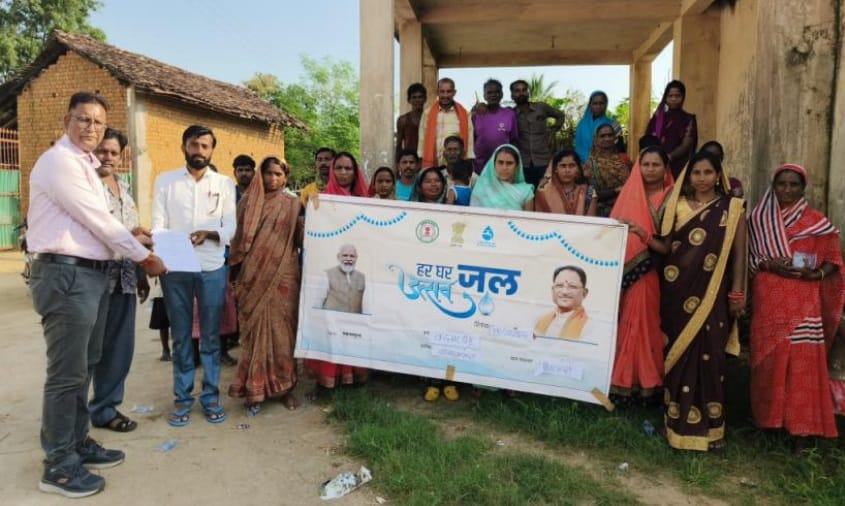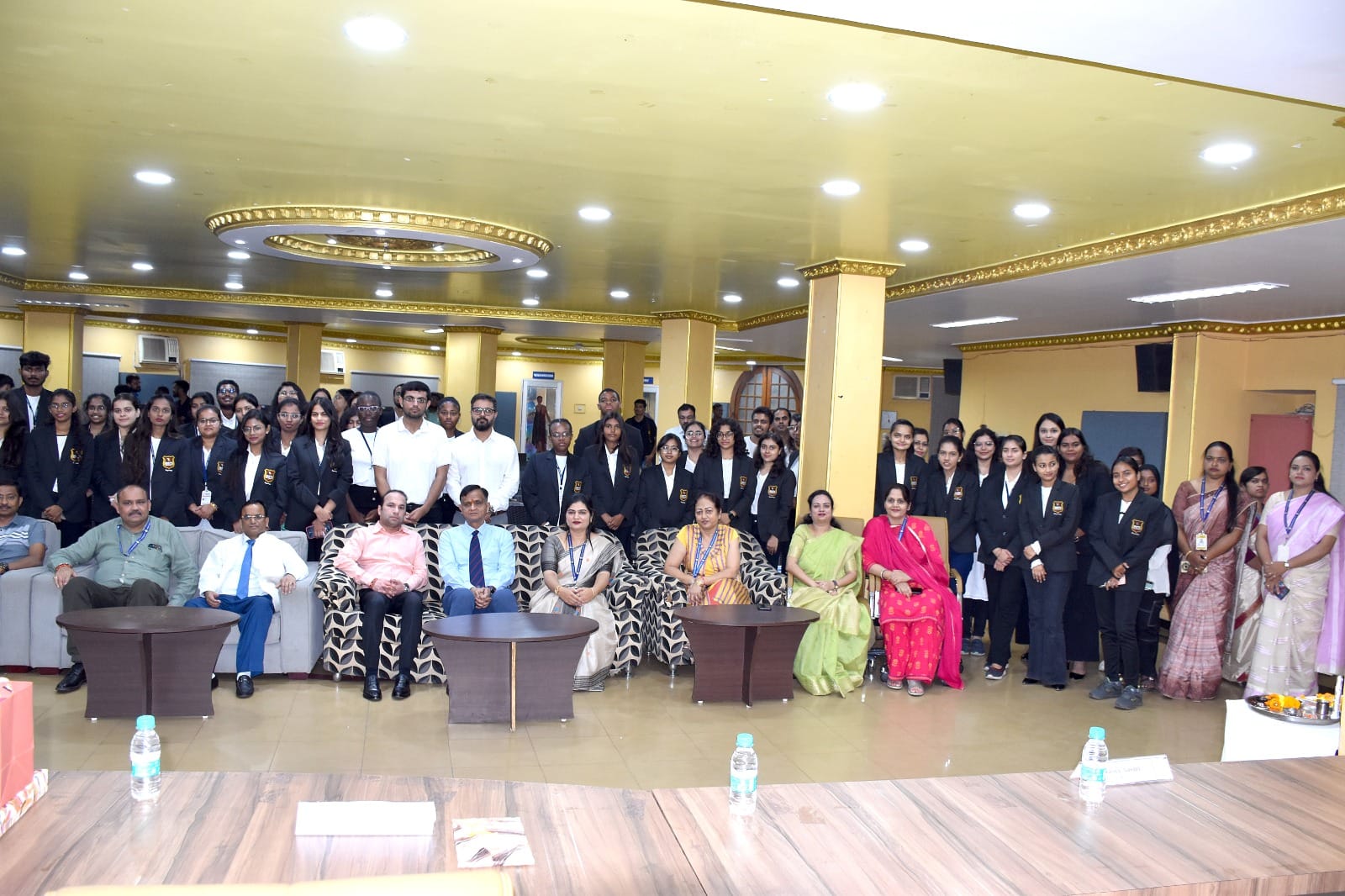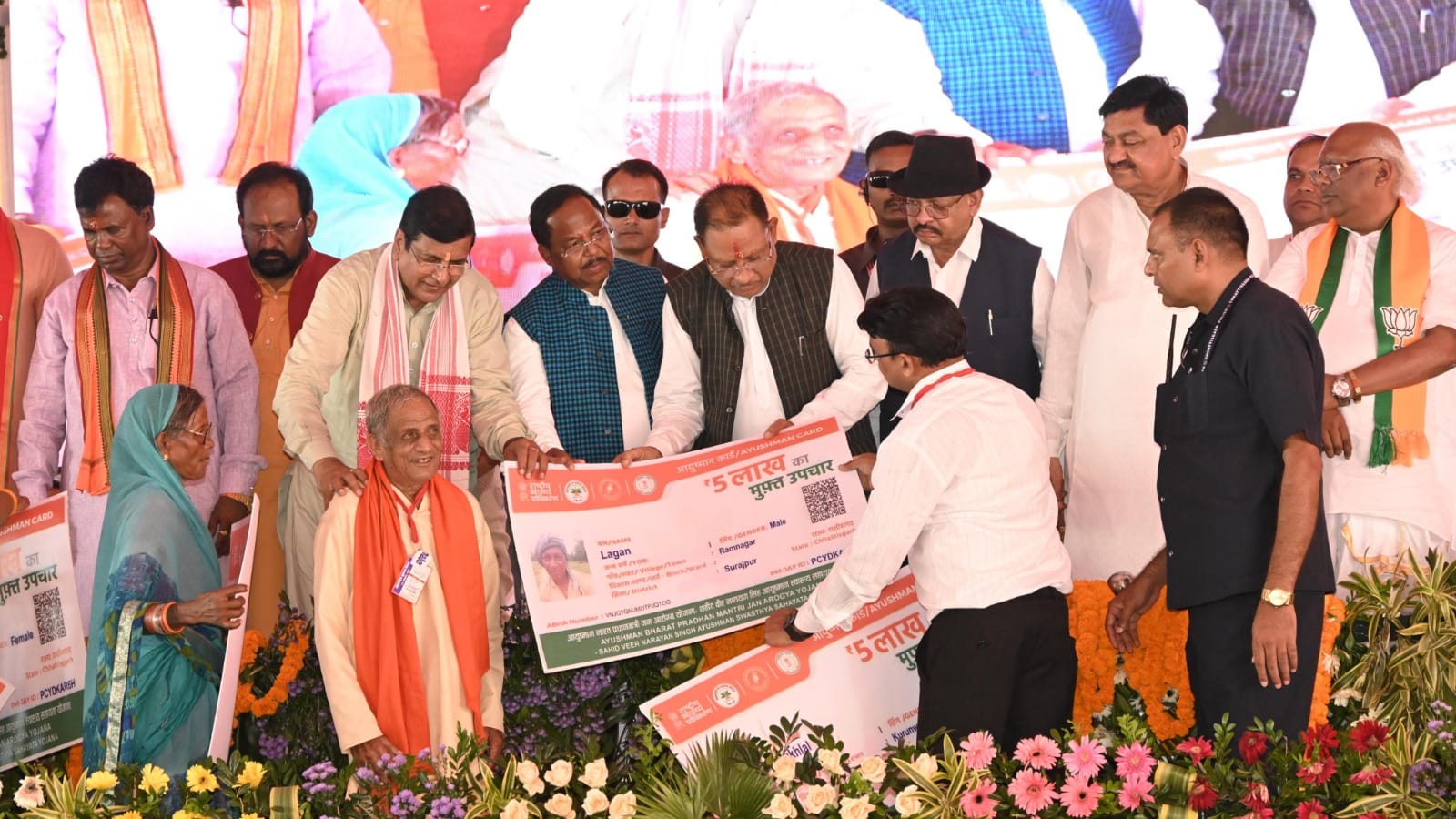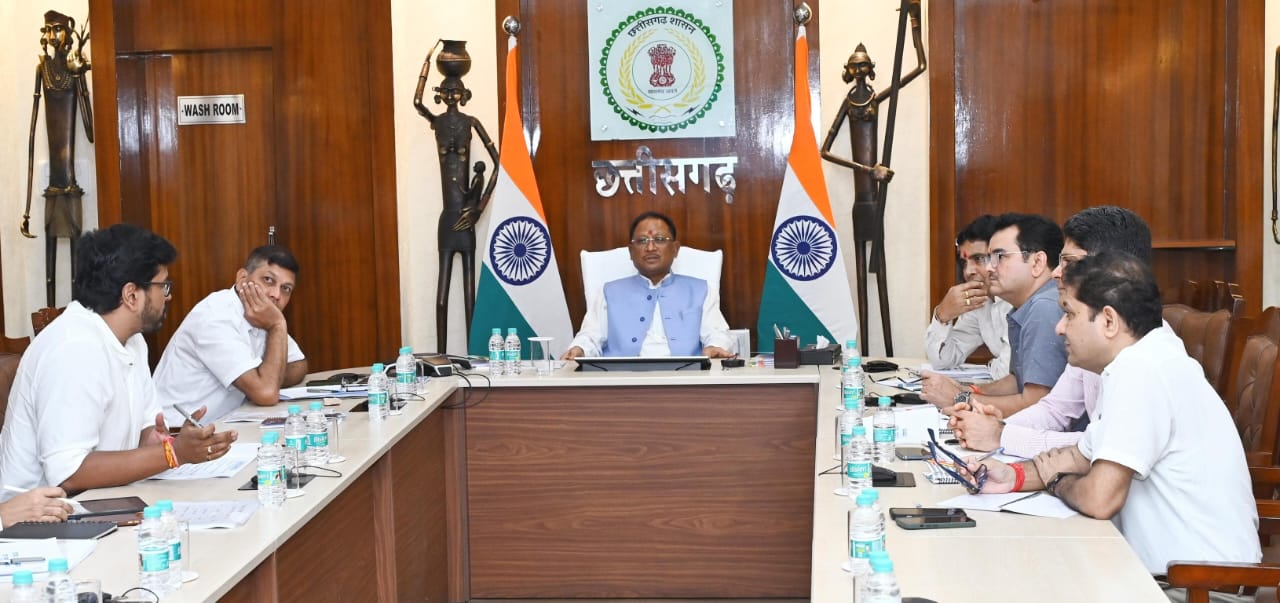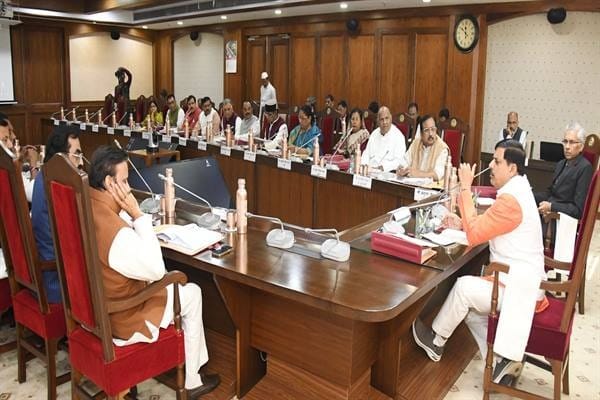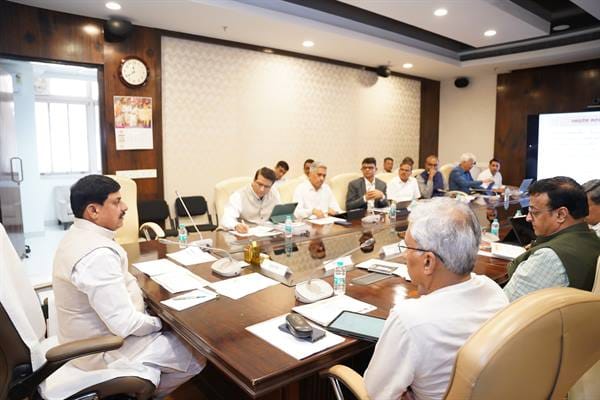
SECR has a holding of 13 WAP7 and 512 WAG9 locomotives, all of which have regenerative braking systems. On average, 8376961 units per month are regenerated by SECR locos, which results in an average savings of Rs 5 Cr/month in traction electricity bills.
What is Regenerative braking in Electric Locomotives?
Regenerative braking is a transformative innovation employed in Indian Railways’ modern three-phase electric locomotives and MEMU trains. Unlike conventional braking systems, which rely on cast iron or composite brake blocks to create friction and dissipate kinetic energy as heat, regenerative braking allows for the recovery and reuse of this energy. Conventional braking systems remain essential for emergency situations or low-speed operations, where precise and immediate stopping power is critical. However, their inefficiency lies in the irreversible loss of energy as heat, which regenerative braking addresses by capturing and converting it into reusable electrical energy.
How it is different from Traditional Braking?
Traditional braking systems, particularly those employing electrical dynamic braking, also result in significant energy dissipation through resistors, providing no scope for energy recovery. Regenerative braking revolutionises this process by converting the locomotive's kinetic energy during deceleration into electrical energy. This energy is then directed back into the overhead catenary system, where it can power other trains or be integrated into the Grid. This innovation has enabled Indian Railways to achieve an estimated 15% energy savings, reflecting its contribution to both economic and environmental goals.
The mechanism of regenerative braking relies on traction motors functioning as generators during deceleration. The rotational energy of the wheels is transformed into electricity through advanced power electronics, which regulate the energy transfer process. The shift from traditional DC series motors to three-phase asynchronous motors has been crucial in enabling this technology. Sophisticated control systems ensure the stability and efficiency of energy recovery, optimising its integration with the grid or onboard energy storage systems.
Regenerative braking offers numerous advantages. It reduces energy consumption by converting kinetic energy into usable electricity, cutting operational costs and dependence on external power sources. It minimizes wear on mechanical braking components, extending their service life and reducing maintenance costs. Moreover, it supports environmental sustainability by lowering carbon emissions and enhancing Grid stability. By capturing and reusing energy, regenerative braking also contributes to balancing electricity supply and demand across the rail network.
The combination of regenerative and conventional braking systems ensures a balance between efficiency and reliability. While regenerative braking excels in energy recovery and sustainability, conventional systems provide the robustness required for safety-critical scenarios. This dual approach highlights Indian Railways' commitment to innovation, energy efficiency, and sustainability, paving the way for a greener, more cost-effective future in rail transportation. As the technology continues to evolve, further improvements in energy storage and grid compatibility are expected, unlocking even greater potential for this game-changing system.
